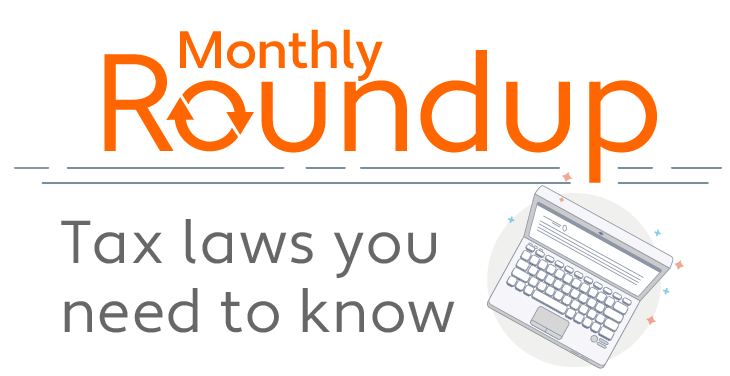
Getting the Right Sales Tax Rate: ZIP Codes vs. Geolocation - Will's Whiteboard
Do you use customer ZIP codes to determine which tax rates you should apply to your sales? If you do, you're definitely not alone. It's one of the most common ways that businesses find sales tax rates. And it does work some of the time. But it can also give you inaccurate results, and lead you to charge your customers the wrong amount of tax. Watch this video to learn why ZIP codes don't mean zip when it comes to sales tax.
Transcript
Will: Hi, I’m Will. Welcome to Will’s Whiteboard. Let’s talk about ZIP codes and sales tax. Take a trip back with me in my time machine to the 1960s.
Announcer: This is Mr. Zip. He revolutionized the mail delivery system of the United States with his ZIP code. The heart of the system is a number: a ZIP code number. The country is divided into 10 sections. The first number represents one of these sections.
Will: Okay. So, as you can see, ZIP codes were invented with the sole purpose of making this guy’s job easier when he has to deliver the mail. That’s great for sending out your family Christmas cards, but it has nothing to do with this guy, the state tax man. This can get a lot of businesses into trouble. How does your business finds sales tax rates? A lot of people use an online lookup tool or they download sales tax rate tables and they try and map customer ZIP codes to sales tax rates.
I want to show you something. This is a map of the over 12,000 sales tax jurisdictions there are in North America. These sale tax jurisdictions do not map to ZIP codes. There may be some overlap sometimes, but not always, and this can get businesses into trouble. I’ll give you a concrete example. Let’s say you are an online retailer and you are selling computers in the greater Denver area. And it just so happens that there are next door neighbors that ordered the exact same computer from you, and the computer cost $1,000. This is a single ZIP code, 80022, but as you can see from the colors there, they are in completely different sales tax jurisdictions.
House A is over here in this colour. Their sales tax rate 4.75%. House B, in this colour, 9.25%. If you are going off ZIP codes somebody is going to end up being upset. Either you are going to overcharge the customer in the lower sales tax rate, and if they find out they are going to go, “Hey, I paid about $45 extra and I didn’t have to”, or you are going to undercharge the person in the higher sales tax rate. Then, if the state finds out, they are going, “Hey, that’s our money”, and now you as a business are on the hook for paying that back to the state. So as you can see, relying on ZIP codes for sales tax rates can get you into trouble. What’s a business to do? If it’s not ZIP codes, then how do you get accurate rates?
Well, there is a technology called Geolocation, and if you don’t know what that is, it’s the same technology Google Maps uses to pinpoint your exact location. If you use Geolocation and combine it with an actual map of sales tax jurisdictions like Avalara does, then you can rest easy when you do your sales tax lookups knowing that you are getting the right rate and you are not making anybody mad. I hope this helps. I’ll see you next time.













